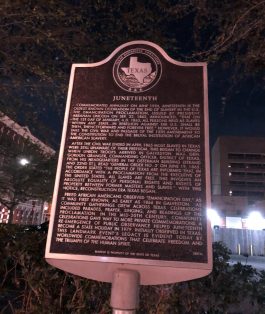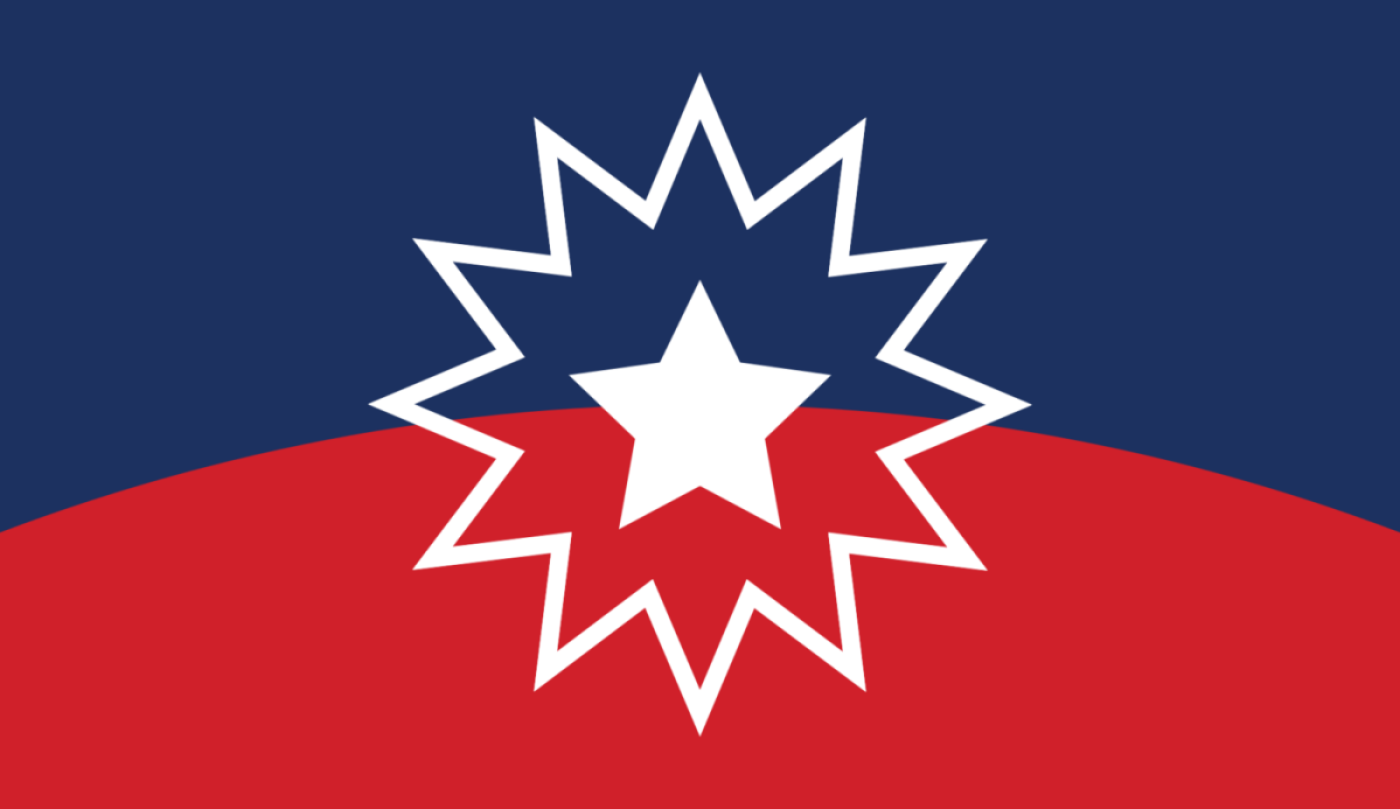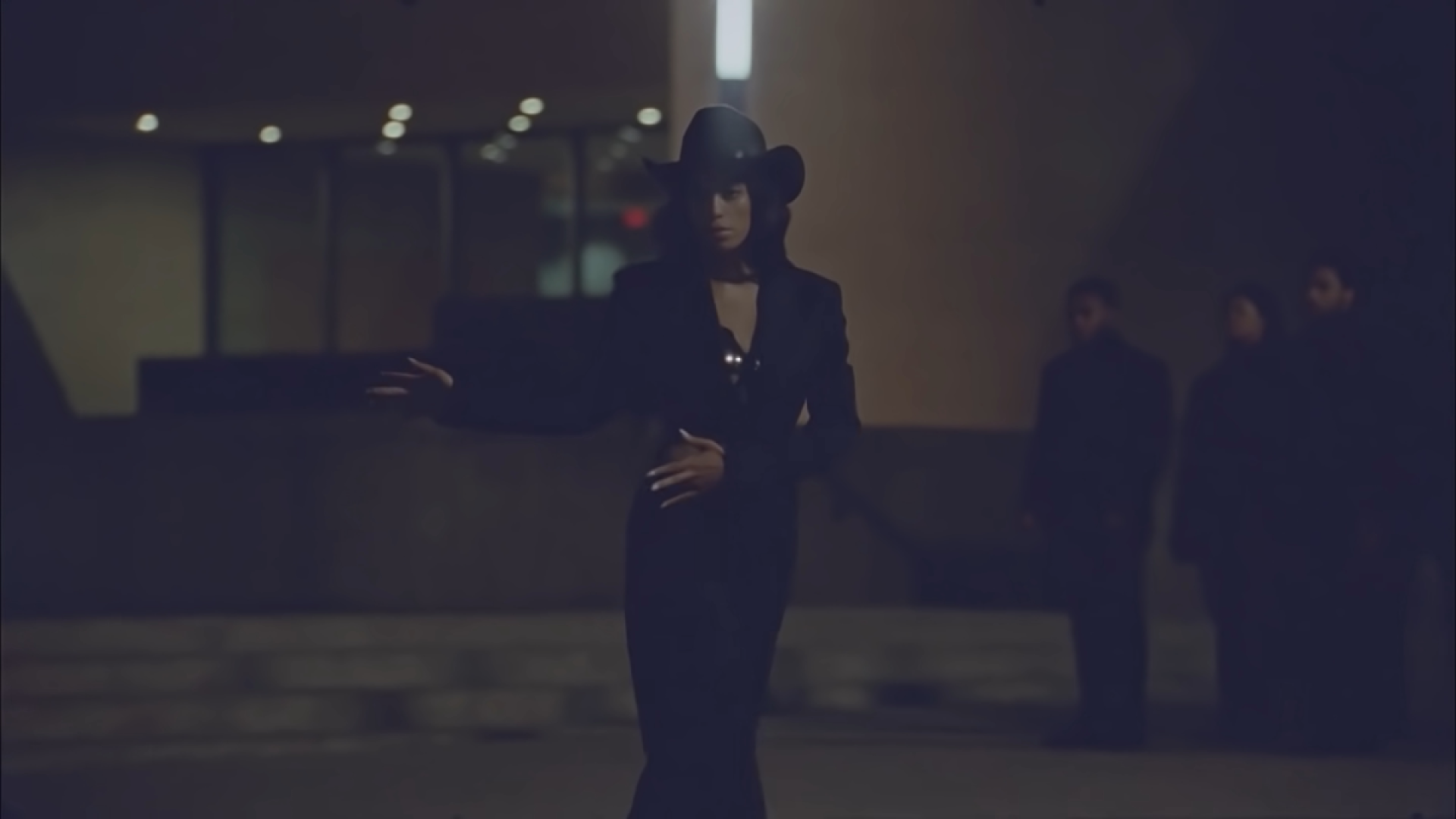Last year, we covered a lot of gross commercialization and whitewashing of Juneteenth. From the Walmart ice cream to some of the cringiest decorations I’ve ever seen, the first national Juneteenth was a mess. Based on the initial response from Greenville, South Carolina being called out for using white models for a Juneteenth celebration marketing campaign, 2023 hasn’t been shaping up to be much better—that is, for the municipalities that even allow books about Juneteenth and Black history. But there’s one tell, more obvious than all the rest, that many Juneteenth gestures are empty.
For those who need a refresher, Juneteenth—formerly Jubilee Day—is a celebratory acknowledgment of the end of chattel slavery in the United States. After the Civil War ended, General Granger and Union soldiers traveled across the South to inform all that slavery had ended. On June 19, 1865 the U.S. retook Galveston, Texas and shared the news.
Through various means, such as plantations that migrated to Texas during the Civil War, many enslaved people already knew they had been declared free. However, the presence of the Union Army helped enforce that freedom (with caveats too nuanced for a quick refresher). Traditionally, the holiday has been celebrated in the greater Houston/Galveston area and in Coahuila, Mexico. Following the Great Migration and the day’s establishment as a federal holiday (2021), it became acknowledged from coast to coast.

The further Juneteenth has been separated from its roots (especially after 2020), the vaguer and more commercialized the holiday has become. With this have come waves of micro- and macro-aggressions, indicating a lack of effort and respect toward the day, so let’s talk about the one tell above all else that the acknowledgment of the holiday is superficial—a tell that also opens up toxic and misinformed discourse online.
Red, white, and blue

Any number of clues will give away a lack of care given to a Juneteenth celebration or even acknowledgment on social media. However, the number one tell that someone(s) didn’t give any thought or basic research about Juneteenth is the color palette.
Raise your hand if you’ve seen the colors black, red, and green in something related to Juneteenth. Yeah, nine times out of ten, that’s a big problem. Those are the pan-African colors and go-to color palette for anything Black, regardless of context. The colors on the actual Juneteenth flag are red, white, and blue, just like the American flag. Symbols-wise, the bursting star represents the Lone Star State and (with the tilted horizon line) new beginnings. The colors line up with the American flag by design, but the red has special relevance to the holiday.
I’m going to recycle this excellent quote I shared last year because I love culinary expert Michael Twitty:
After slavery enslaved people began to recall and re-construct their experience through the celebration of Juneteenth. The practice of eating red foods—red cake, barbecue, punch and fruit–may owe its existence to the enslaved Yoruba and Kongo brought to Texas in the 19th century. For both of these cultures the color red is the embodiment of spiritual power and transformation. Enslavement narratives from Texas recall an African ancestor being lured using red flannel cloth, and many of the charms and power objects used to manipulate invisible forces required a red handkerchief.
It’s clear that even in slavery’s aftermath; Afro-Texans had a rich food culture, created under adversity in communities with rich cultural origins and a diversity of influences, with a strong root in the foodways and cultures of West and Central Africa.
While Juneteenth, like many Black American traditions, has connections to the wider African Diaspora, it is a very American-centric observance. Juneteenth—a word that combines that day of the proclamation, June and nineteen—is celebratory of a central collective of Black Texans and our Afro-Mexicans specifically. Misusing pan-African colors instead of Juneteenth colors also adds unnecessary fire to xenophobic conversations online. In addition to the fight over the whitewashing of the holiday in real time, ire turns to Black immigrants. It’s exhausting.
The diasporic elements of Juneteenth
Usually, addressing this is a fruitless effort because the conversation becomes anti-immigrant very quickly. However, there’s still history worth exploring in connection to Juneteenth. Juneteenth may be distinctly Texan, but the roots of emancipation are a diasporic effort.
Because the importation of enslaved people was outlawed in 1808 (57 years before emancipation), most slaves later on in the 1800s were American-born. Still, the Atlantic Slave Trade continued to operate illegally, and Galveston (island and bay) was a significant port during the short tenure of the Confederacy. So, some first- and second-generation Americans were freed that day in 1965. This is where some of the traditions that Twitty brought up came from. Many people who celebrated the first Jubilees were celebrating via traditions found across the African Diaspora.
Secondly, as mentioned several times above, the holiday has been celebrated in Northern Mexico among Black communities for over a century. Many enslaved people escaped from Texas to Mexico, beginning when Texas split off from Mexico and immediately reinstated slavery through the beginning of Reconstruction in the United States. Families stayed connected, and Jubilee Day (then Juneteenth) became a staple in small towns of Black (American) immigrants in Mexico. There are many other connections to this freedom, such as the importance of Cinco De Mayo (in opposition to France) to Black American history.
Finally, there is Haiti. The Juneteenth flag even resembles the Haitian flag. During the Haitian Revolution (breaking free from France), the small island nation was the first country to abolish slavery entirely. This remained a source of hope for the enslaved and justified fear in the eyes of many slavers. The largest-attempted U.S. slave rebellion would hit Louisiana (a former French territory) a few years later, right after the area became a part of the U.S. in the Louisiana Purchase.
Juneteenth for some

None of this takes away how central Juneteenth is to Texas. It just serves as a reminder that while Black American culture is unique, it’s also informed by enslaved people who didn’t reach the U.S. or fled for safety abroad—yes, even the holidays—but this is rarely the reason behind the invocation of pan-African colors, rather than Juneteenth colors. That ignorance of the above connections is what makes the color swap an issue most (but not all) of the time.
We’re still at the “two racist white men freed the slaves” (Lincoln and Granger) stage of myth-busting, so unsurprisingly, these connections to Juneteenth abroad aren’t widely understood, making the use of pan-African colors a careless mistake, rather than an intentional choice.
Not only that, but America as a whole unit does not deserve to celebrate this holiday. Not only does this pull away from the regional importance of the holiday, but America continues to support slavery. I’m not just talking about the Supreme Court allowing Nestlé (and Cargill) to absolve themselves from accountability for using child slavery in production—since a majority of the crime didn’t happen on U.S. soil. I’m talking about the neo-slavery that plays out in the criminal justice system via the prison industrial complex and for-profit prisons—a system that made incarcerating people an economic benefit right after millions were free from bondage.
Making this holiday a federal holiday instead of enacting meaningful reform to help the lives of Black people feels like a sequel to MLK Jr. Day—something that bookends oppression as a moment in time and gives paid days off to people in jobs mostly inaccessible to Black people. Meanwhile, appropriating and misusing AAVE, groups and politicians are banning and censoring Black history and art.
In the grand scheme of things, the color palette issue is infinitesimally minuscule. However, it just signals the continued lack of engagement and respect of Black history when people can’t even get the basics right.
(featured image: Max)










Published: Jun 19, 2023 10:47 am